Strategies to Improve Ticket Categorization Efficiency
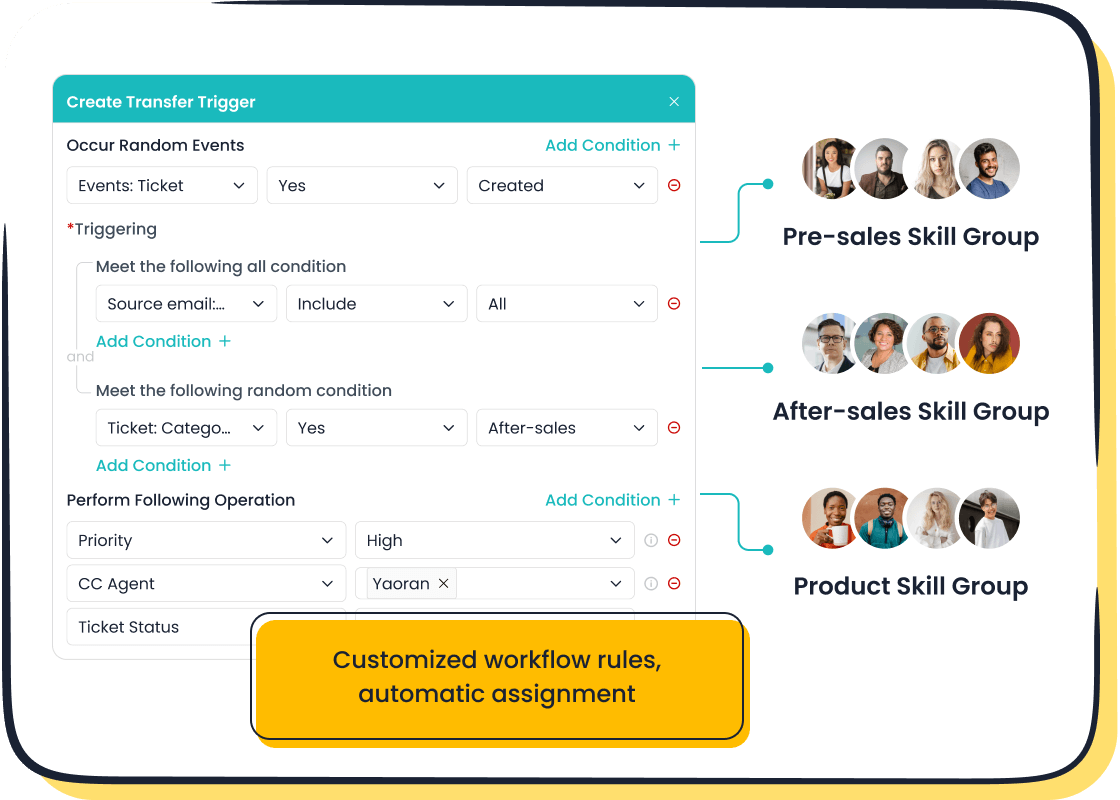
Efficient ticket categorization plays a vital role in customer support. It ensures that issues are routed to the right teams, enabling faster resolutions and better resource allocation. Poor categorization, however, can disrupt workflows and harm customer satisfaction. For instance:
- Incomplete tickets often stall cases, frustrating customers.
- Unresolved tickets pile up, reducing team productivity.
- Urgent issues may go unnoticed, delaying critical resolutions.
Adopting a robust system like Sobot's Ticketing System can help you overcome these challenges. Its automated features streamline categorization, ensuring no ticket gets misplaced. By improving categorization, you can enhance team efficiency and maintain high customer satisfaction levels.
Understanding Ticket Categorization in Customer Support
What is Ticket Categorization?
Definition and purpose in customer service workflows.
Ticket categorization is the process of organizing customer inquiries into predefined categories. This step ensures that each ticket is routed to the appropriate team or agent for resolution. A structured categorization scheme is essential for classifying issues accurately and integrating them across various processes like incident management and request fulfillment. For example, categorization occurs after logging a ticket and before prioritizing it, helping you streamline workflows and improve efficiency.
Examples of common ticket categories.
Categorizing tickets involves grouping them based on the nature of the issue. Common categories include:
- Technical Issues: Software bugs or hardware malfunctions.
- Billing and Payments: Questions about invoices or payment methods.
- Product Inquiries: Requests for product usage guidance.
- Complaints and Feedback: Customer dissatisfaction or suggestions.
- Account Management: Profile updates or account-related concerns.
- Policy Questions: Clarifications about company policies.
By using these categories, you can ensure that customer issues are addressed by the right team, reducing delays and improving satisfaction.
The Role of Categorization in Support Efficiency
How categorization streamlines workflows and improves resolution times.

Effective categorization simplifies the process of managing customer inquiries. It enables intelligent routing, ensuring that tickets reach the most qualified agents. This approach prioritizes responses based on urgency and complexity, leading to quicker resolutions. For instance, AI-powered ticket classification tools, like those in Sobot's Ticketing System, automate this process, enhancing operational efficiency and customer support quality.
Impact on team collaboration and resource allocation.
Categorization fosters better collaboration among your support teams. When tickets are categorized correctly, agents can focus on their areas of expertise, reducing confusion and overlap. Additionally, it helps allocate resources effectively by identifying trends in customer inquiries. For example, if technical issues dominate, you can assign more agents to handle them. Tools like Sobot's Ticketing System also provide actionable insights through analytics, helping you refine your support strategy.
Challenges in Ticket Categorization
Manual Errors and Inconsistencies
Common mistakes in assigning categories.

Human errors often lead to misclassified tickets, which disrupt the resolution process. For example, agents may assign a billing inquiry to the technical support category, delaying its resolution. These mistakes occur when agents lack clear guidelines or face pressure to process tickets quickly. Misclassification can also result in urgent tickets being overlooked, which impacts customer satisfaction. Automating the classification process with tools like Sobot's Ticketing System can reduce these errors significantly. Its AI-powered features ensure tickets are categorized accurately, improving efficiency.
Lack of standardized categorization practices.
Without a standardized approach, categorization becomes inconsistent across teams. This inconsistency creates confusion and hinders collaboration. For instance, one team might classify a product defect under "Technical Issues," while another might use "Complaints." Such discrepancies make it difficult to generate accurate reports or identify trends. Establishing clear guidelines and leveraging automation tools can help you maintain uniformity in ticket categorization.
Overlapping or Ambiguous Categories
Issues with unclear or redundant categories.
Unclear categories can confuse agents and delay ticket routing. For example:
- Urgent tickets may get misrouted, delaying responses.
- Reporting becomes inaccurate, making it harder to improve processes.
- Specific issues like product defects or late deliveries may not get addressed promptly.
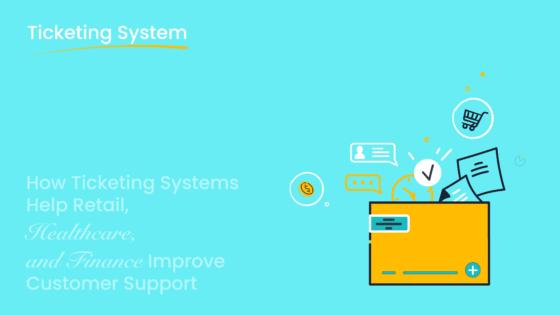
By refining your categorization scheme, you can eliminate redundancies and ensure clarity. Tools like Sobot's Ticketing System allow you to create well-defined categories, improving routing accuracy.
Effects on routing and resolution accuracy.
Ambiguous categories often lead to routing errors. Tickets may end up with the wrong team, causing delays in resolution. This inefficiency affects incident management and increases escalations. For example, high urgency tickets might not reach the right agents in time, leading to customer dissatisfaction. A robust system like Sobot's can streamline routing by using intelligent triggers to direct tickets to the appropriate team.
Scalability and High Ticket Volumes
Managing categorization as ticket volumes grow.
As your business grows, ticket volumes increase, making manual categorization unsustainable. Challenges include:
- Inefficiencies in handling urgent tickets.
- Overworked support teams.
- Difficulty prioritizing tickets.
- Limited insights and analytics.

Automating the process with Sobot's Ticketing System can help you manage high volumes efficiently. Its intelligent tools prioritize critical tickets and provide actionable insights, ensuring smooth operations.
Adapting to evolving customer needs.
Customer needs change over time, requiring you to adjust your categorization strategy. For example:
- High-volume inquiries may need specific categories for better management.
- Tickets requiring specialized knowledge should be routed to the right team.
- Business priorities might demand distinct categories for critical tickets.
Regularly reviewing and updating your categorization scheme ensures it aligns with customer expectations. Sobot's system supports this adaptability with customizable templates and analytics.
Strategies for an Effective Categorization Scheme
Implementing Multi-Level Categorization Schemes
Benefits of hierarchical categorization (e.g., primary and subcategories).
A multi-level category scheme enhances your ability to manage tickets effectively. By organizing issues into primary and subcategories, you can:
- Correlate problem tickets with incidents, improving root cause analysis.
- Identify trends proactively, addressing underlying issues before they escalate.
- Streamline request fulfillment by distinguishing between incidents and service requests.
For example, a technical issue can be divided into "Software Bugs" and "Hardware Malfunctions," ensuring urgent tickets are routed to the right team. This approach simplifies the searching and matching process, improving incident management and resolution accuracy.
Steps to design an effective categorization structure.
Designing an effective categorization scheme requires careful planning. Follow these best practices:
- Define your objectives for ticket management.
- Create clear content types and categories.
- Use a hierarchical structure for logical organization.
- Add tags and metadata for easier retrieval.
- Standardize the taxonomy system for consistency.
- Keep the structure simple and user-friendly.
- Regularly audit and update the scheme to align with evolving needs.
By implementing these steps, you can ensure your categorization scheme remains efficient and adaptable.
Leveraging Automation Tools for Ticket Classification
Role of AI and machine learning in auto-categorization.
AI and machine learning revolutionize ticket classification by automating the process. These technologies analyze ticket content, identify patterns, and assign categories with precision. For instance, in e-commerce, AI prioritizes urgent tickets like order issues over general inquiries. In healthcare, it ensures critical cases receive immediate attention. This automation reduces errors, accelerates resolutions, and enhances incident management.
| Industry | Application Description |
|---|---|
| E-commerce | AI agents manage high volumes of customer support tickets, prioritizing urgent issues like order problems over minor inquiries. |
| SaaS Companies | AI quickly distinguishes between simple account questions and complex technical issues, routing them to the appropriate support teams. |
| Healthcare | AI classifies tickets based on urgency and sensitivity, ensuring critical healthcare issues are prioritized for timely responses. |
How Sobot's Ticketing System enhances categorization efficiency.
Sobot's Ticketing System leverages AI to streamline ticket classification. It automates the categorization process, ensuring consistent and error-free results. Features like intelligent triggers and SLA management prioritize urgent tickets, reducing resolution times. The system also integrates with multiple channels, providing a unified platform for efficient ticket management. By adopting Sobot's automated ticket system, you can enhance your categorization scheme and support scalability.
Conducting Regular Reviews and Updates
Importance of auditing and refining categories.
Regular audits ensure your categorization scheme stays relevant. Over time, customer needs evolve, and outdated categories can hinder efficiency. By reviewing your scheme, you can identify gaps, eliminate redundancies, and refine categories to match current demands. For example, adding new subcategories for emerging issues improves the searching and matching process, ensuring urgent tickets are addressed promptly.
Involving team feedback to improve categorization accuracy.
Your support team plays a vital role in maintaining an effective categorization scheme. Encourage agents to share insights on recurring issues or ambiguous categories. Their feedback helps refine the structure, making it more intuitive and accurate. Tools like Sobot's Ticketing System provide analytics that highlight trends, enabling data-driven updates to your categorization scheme.
Training Support Teams on Categorization
Providing clear guidelines and training on ticket classification.
Training your support team is essential for maintaining an effective categorization scheme. Clear guidelines help agents classify tickets accurately, reducing errors and delays. A well-defined categorization scheme ensures smooth integration with processes like incident management, problem management, and request fulfillment. For instance, during incident management, agents should use a structured table or scheme to classify tickets based on urgency and type.
To enhance training, focus on these key components:
- Provide a detailed categorization scheme with examples for common scenarios.
- Emphasize the importance of multi-level classification for better ticket handling.
- Train agents to identify urgent tickets and prioritize them effectively.
- Incorporate real-life case studies to demonstrate the impact of accurate categorization.
By equipping your team with these tools, you can ensure consistent and efficient ticket classification, even during high-pressure situations.
Role of ongoing education in reducing errors.
Ongoing education plays a critical role in minimizing categorization errors. Regular workshops and refresher courses keep your team updated on evolving customer needs and new categorization practices. For example, as your business grows, you may introduce new categories or adjust existing ones. Continuous training ensures agents adapt to these changes seamlessly.
You can also use performance analysis to identify areas where agents struggle with classification. Addressing these gaps through targeted training improves accuracy and boosts overall efficiency. Tools like Sobot's Ticketing System provide analytics that highlight trends and errors, enabling you to refine your training programs effectively.
Monitoring and Analyzing Categorization Performance
Using metrics to track categorization accuracy and efficiency.
Tracking performance metrics is vital for evaluating your categorization scheme. Metrics like resolution time, ticket routing accuracy, and customer satisfaction scores reveal how well your system works. For example, a high rate of misrouted tickets indicates issues with classification or unclear categories.
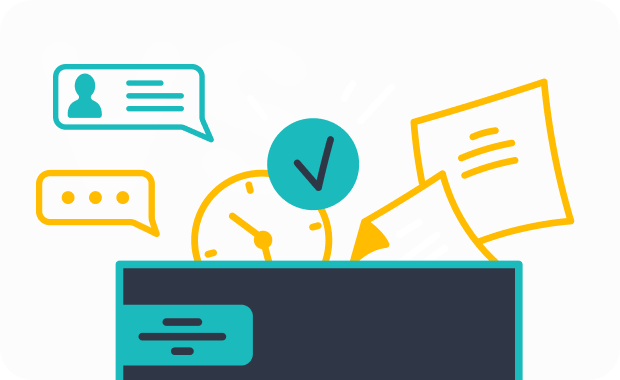
Sobot's Ticketing System simplifies this process by offering trusted analytics and smart notifications. These tools help you monitor categorization performance in real-time, ensuring urgent tickets are addressed promptly. By analyzing these metrics, you can identify bottlenecks and implement improvements to enhance efficiency.
Adjusting strategies based on data insights.
Data insights provide valuable information for refining your categorization scheme. For instance, understanding customer behavior helps you tailor categories to meet specific needs. You can segment customers based on demographics, behaviors, or geographic locations to create more targeted categories.
Regularly reviewing data also helps you identify trends and adjust your strategy accordingly. For example, if a particular category sees a spike in tickets, you can allocate more resources to handle it. Sobot's analytics tools make this process seamless, offering actionable insights to optimize your categorization strategy and improve overall performance.
Benefits of Improved Ticket Categorization
Faster Resolution Times
How accurate categorization reduces delays in ticket handling.
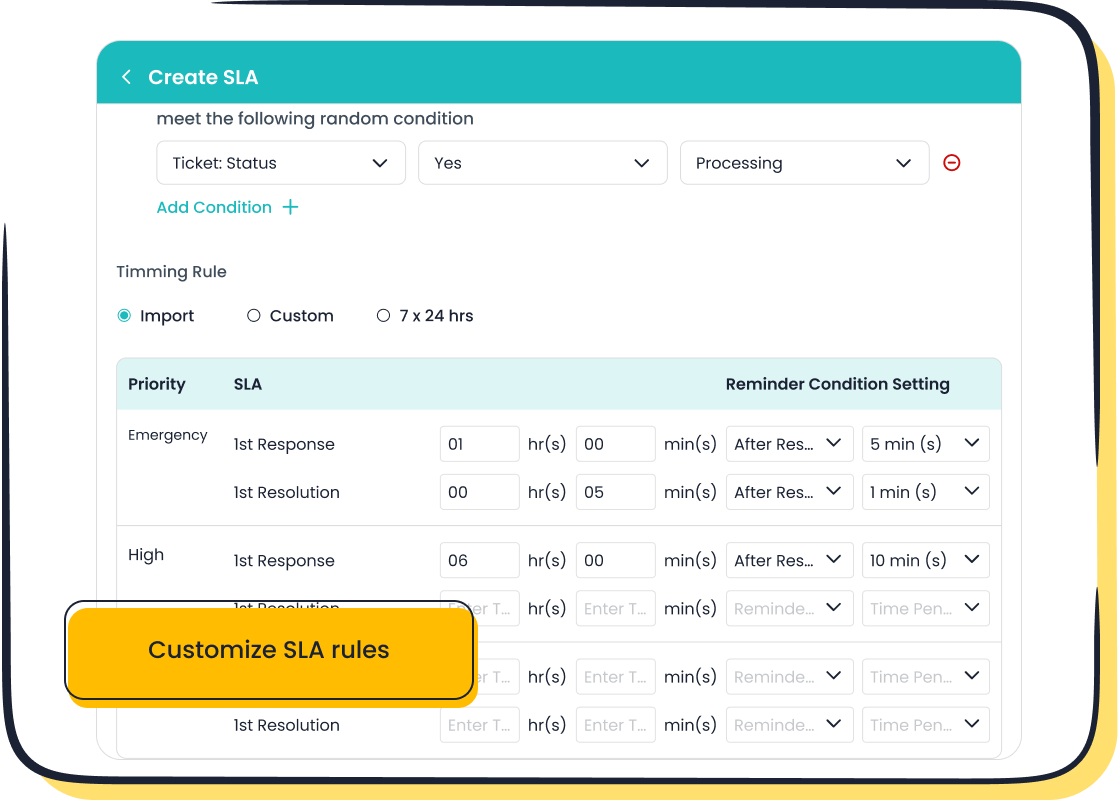
Accurate ticket categorization ensures that inquiries are routed to the right team without delay. By identifying the urgency of each ticket, you can prioritize critical tickets and resolve them faster. For example, when a billing issue is categorized correctly, it reaches the billing team immediately, avoiding unnecessary escalations. This efficiency reduces response times and enhances overall performance. Tools like Sobot's Ticketing System automate this process, using AI to classify tickets based on urgency and type, ensuring no time is wasted on misrouted tickets.
Examples of improved response times with Sobot's Ticketing System.
Accurate categorization improves resolution times across multiple areas. The table below highlights how Sobot's Ticketing System enhances ticket management:
| Improvement Area | Description |
|---|---|
| Improved speed of searching and matching | Tier 1 support can find solutions faster, leading to quicker incident resolution. |
| Improved accuracy of escalations | Fewer escalations bounce back to Tier 1, enhancing the average speed of resolution. |
| Improved accuracy in reporting | Better trend analysis allows focus on major incident categories, aiding in prevention efforts. |
Enhanced Reporting and Insights
Role of accurate categorization in generating actionable reports.
Accurate ticket classification provides a clear view of customer issues, enabling better analysis of trends. For instance, if technical issues dominate, you can allocate more resources to address them. This data-driven approach improves resource management and helps you identify recurring problems. Sobot's Ticketing System offers trusted analytics, allowing you to monitor performance and refine your support strategy effectively.
Benefits for identifying trends and improving services.
Categorization helps you spot patterns in customer inquiries. For example, a spike in product-related tickets may indicate a need for better user guides. By addressing these trends, you can improve services and reduce future inquiries. Sobot's system simplifies this process with detailed reports, ensuring your team focuses on areas that have the most impact on customer satisfaction.
Improved Customer Satisfaction
How efficient categorization leads to quicker resolutions.
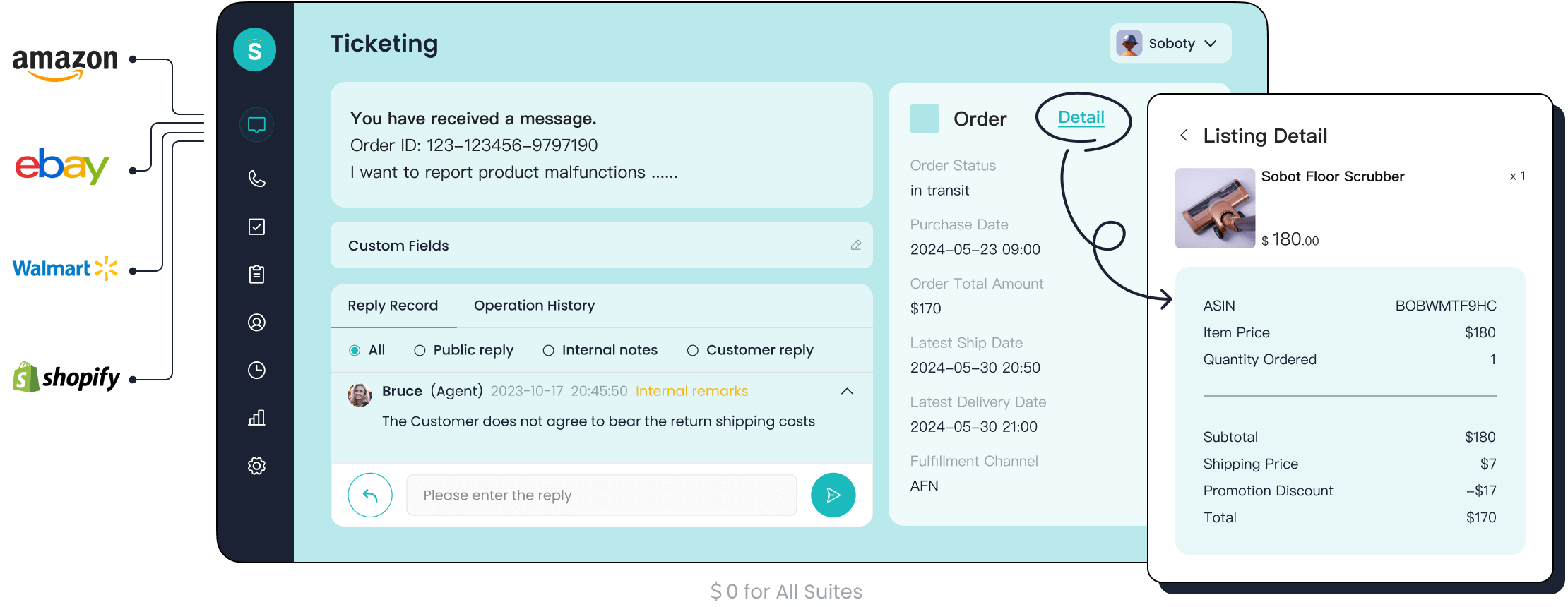
Efficient workflows ensure faster response times, which directly enhance customer satisfaction. AI-powered categorization reduces human error, ensuring tickets are routed correctly. For example, urgent inquiries about account access are prioritized, leading to quicker resolutions. This efficiency fosters trust and improves the customer experience.
Positive impact on customer loyalty and retention.
Quick issue resolution builds loyalty. Customers appreciate timely responses, which increases their likelihood of returning. Efficient ticket management also reduces frustration, creating a positive impression of your brand. With Sobot's Ticketing System, you can streamline workflows and deliver exceptional service, boosting retention rates.
Improving ticket categorization efficiency requires clear strategies. You should establish consistent categories that reflect the nature and urgency of issues. Automation tools, like Sobot's Ticketing System, streamline ticket assignment and escalation, ensuring faster resolutions. Regularly monitor performance metrics to identify gaps and refine your approach. Training your team ensures accurate categorization and better routing. A well-defined scheme enhances issue handling, improves reporting, and boosts customer satisfaction. Explore Sobot's Ticketing System to simplify categorization and elevate your support operations. Learn more about its features here.
FAQ
What is the best way to start improving ticket categorization efficiency?
Begin by analyzing your current categorization scheme. Identify gaps, redundancies, or unclear categories. Use tools like Sobot's Ticketing System to automate classification and ensure consistency. Regularly review and update your categories to align with evolving customer needs.
How does automation improve ticket categorization?
Automation eliminates manual errors and speeds up classification. AI-powered tools, like Sobot's Ticketing System, analyze ticket content and assign categories accurately. This ensures urgent tickets reach the right team quickly, improving resolution times and customer satisfaction.
Can ticket categorization help reduce operational costs?
Yes, accurate categorization streamlines workflows and reduces misrouted tickets. This minimizes delays and unnecessary escalations. For example, Agilent reduced costs by 25% using Sobot's automated ticketing solution, which improved efficiency and allowed agents to focus on complex issues.
How often should you review your categorization scheme?
You should review your categorization scheme quarterly or whenever you notice inefficiencies. Regular audits help you adapt to changing customer needs and business priorities. Sobot's analytics tools provide insights to guide these updates effectively.
Why is training important for ticket categorization?
Training ensures agents understand the categorization process and reduces errors. Clear guidelines and ongoing education help your team classify tickets accurately, even during high-pressure situations. Sobot's system simplifies this by providing structured workflows and actionable insights.
See Also
Understanding The Efficiency Of Call Center Automation
Effective Strategies For Managing Live Chat Representatives
Top Practices For Quality Management In Call Centers
Enhancing Call Center Performance Through Effective Monitoring
A Ten-Step Guide For Omnichannel Contact Center Implementation